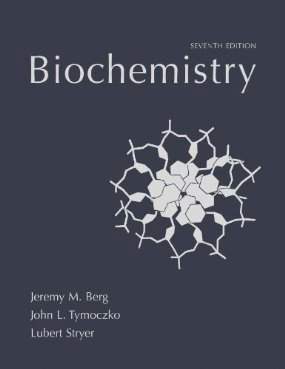Connecting...

This is a quick preview of the lesson. For full access, please Log In or Sign up.
For more information, please see full course syllabus of Biochemistry
For more information, please see full course syllabus of Biochemistry
Biochemistry Overview & The Aminotransferase Reaction
Lecture Description
Proteins and amino acids have nitrogen groups as well as a carbon skeleton, each of which must be metabolized separately. In the aminotransferase reaction, which takes place in the liver, the amino group can be converted to NH₄⁺ which is removed and used for synthesis or funneled into the urea cycle for excretion. The remaining alpha-keto acids can enter the citric acid cycle after being moved through the aspartate-argininosuccinate shunt. This lecture also discusses the role glutamate plays in this process and in the elimination of ammonia as well as the mechanisms of the conversions between glutamate and alpha-ketoglutarate via L-glutamate dehydrogenase (using coenzyme NAD⁺ or NADP⁺).
Bookmark & Share
Embed
Share this knowledge with your friends!
Copy & Paste this embed code into your website’s HTML
Please ensure that your website editor is in text mode when you paste the code.(In Wordpress, the mode button is on the top right corner.)
×
Since this lesson is not free, only the preview will appear on your website.
- - Allow users to view the embedded video in full-size.
Next Lecture
Previous Lecture










































 Answer Engine
Answer Engine




Start Learning Now
Our free lessons will get you started (Adobe Flash® required).
Sign up for Educator.comGet immediate access to our entire library.
Membership Overview